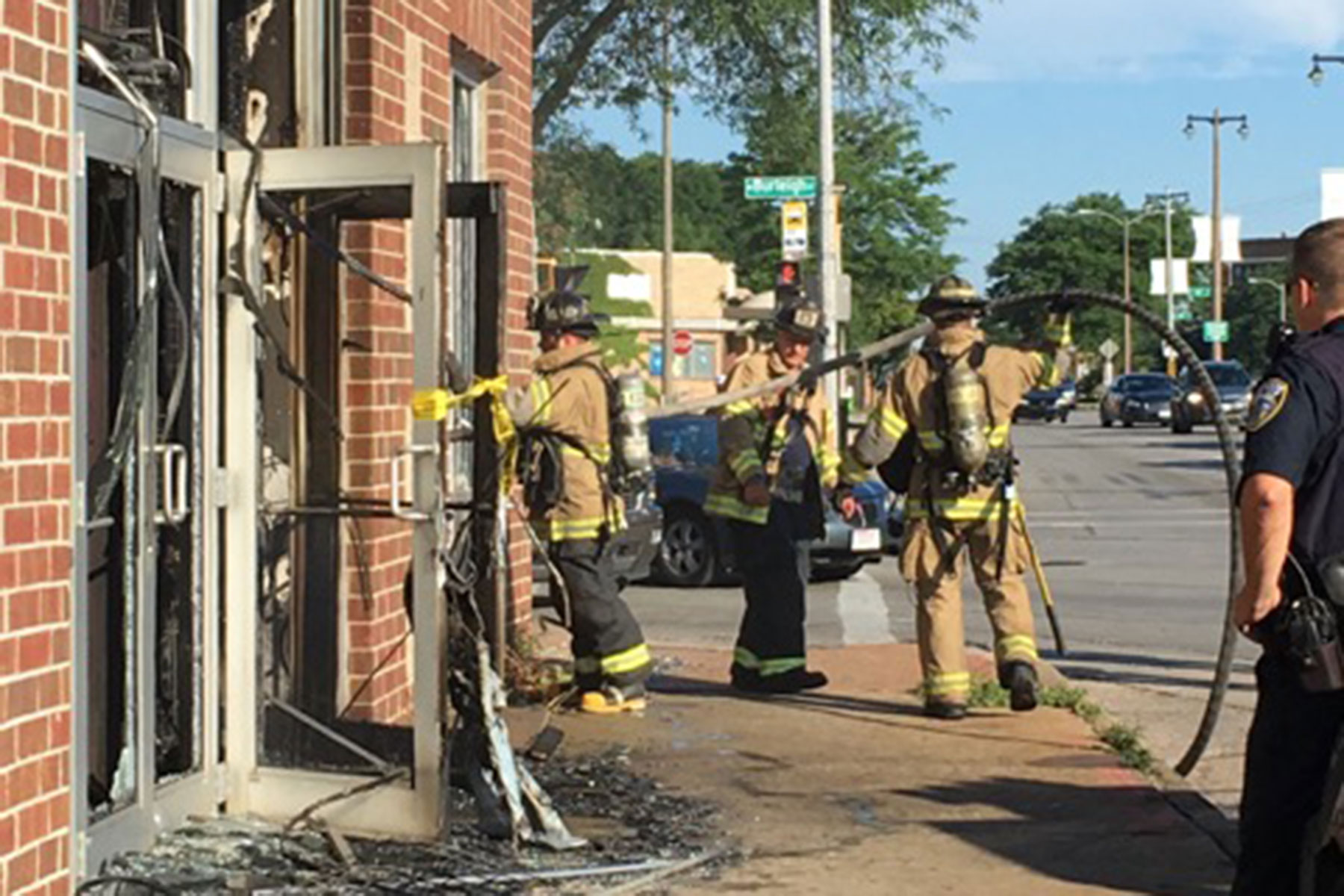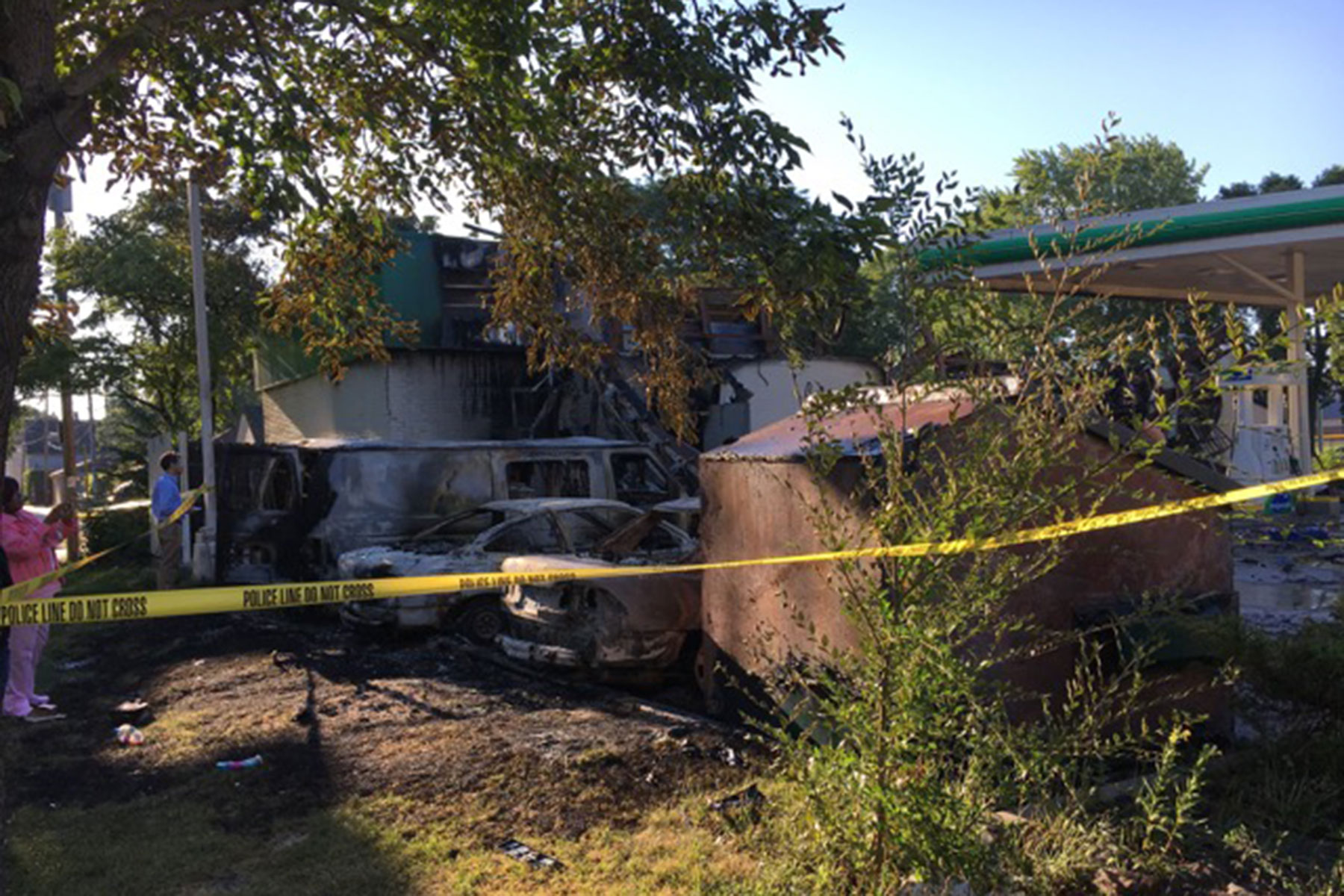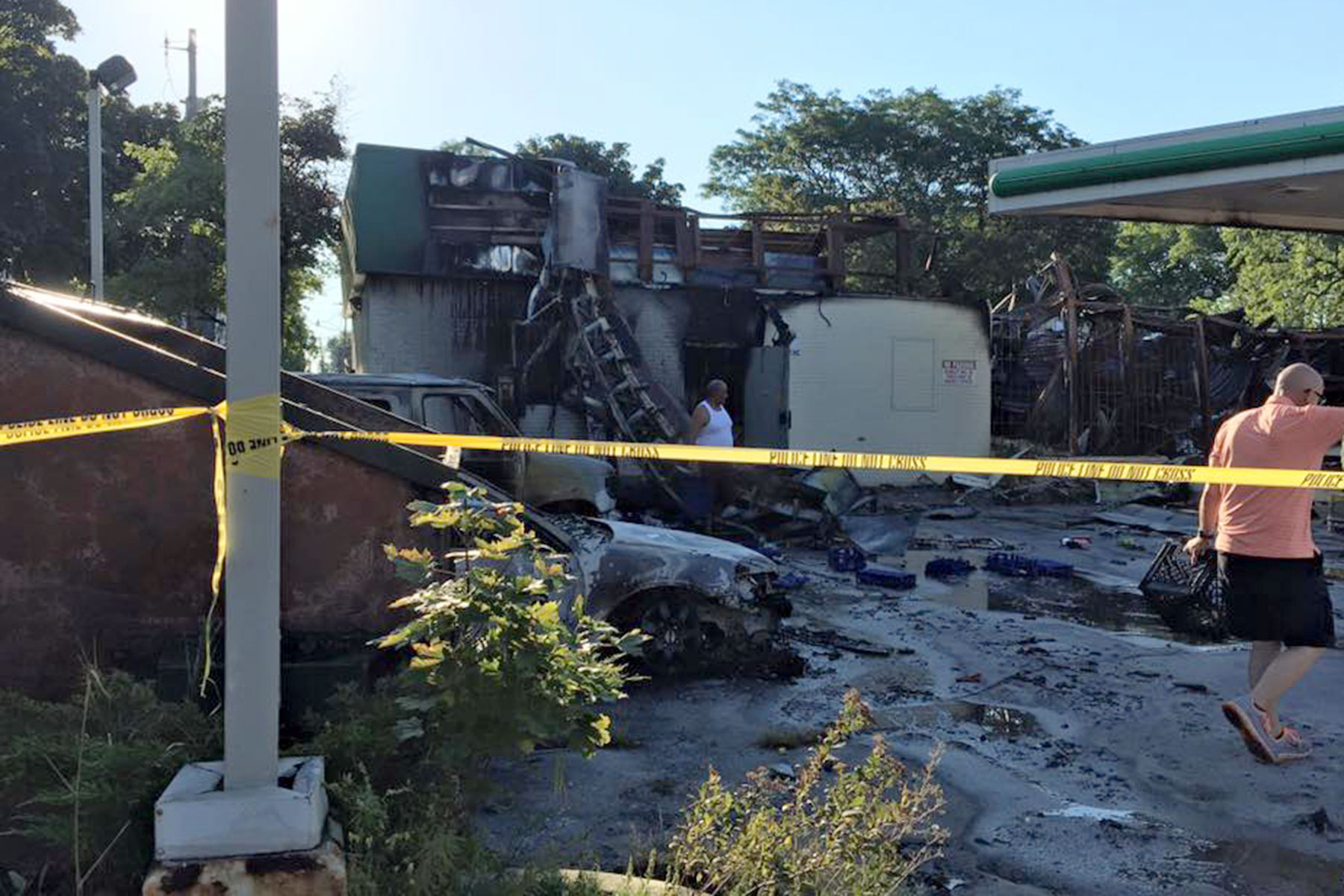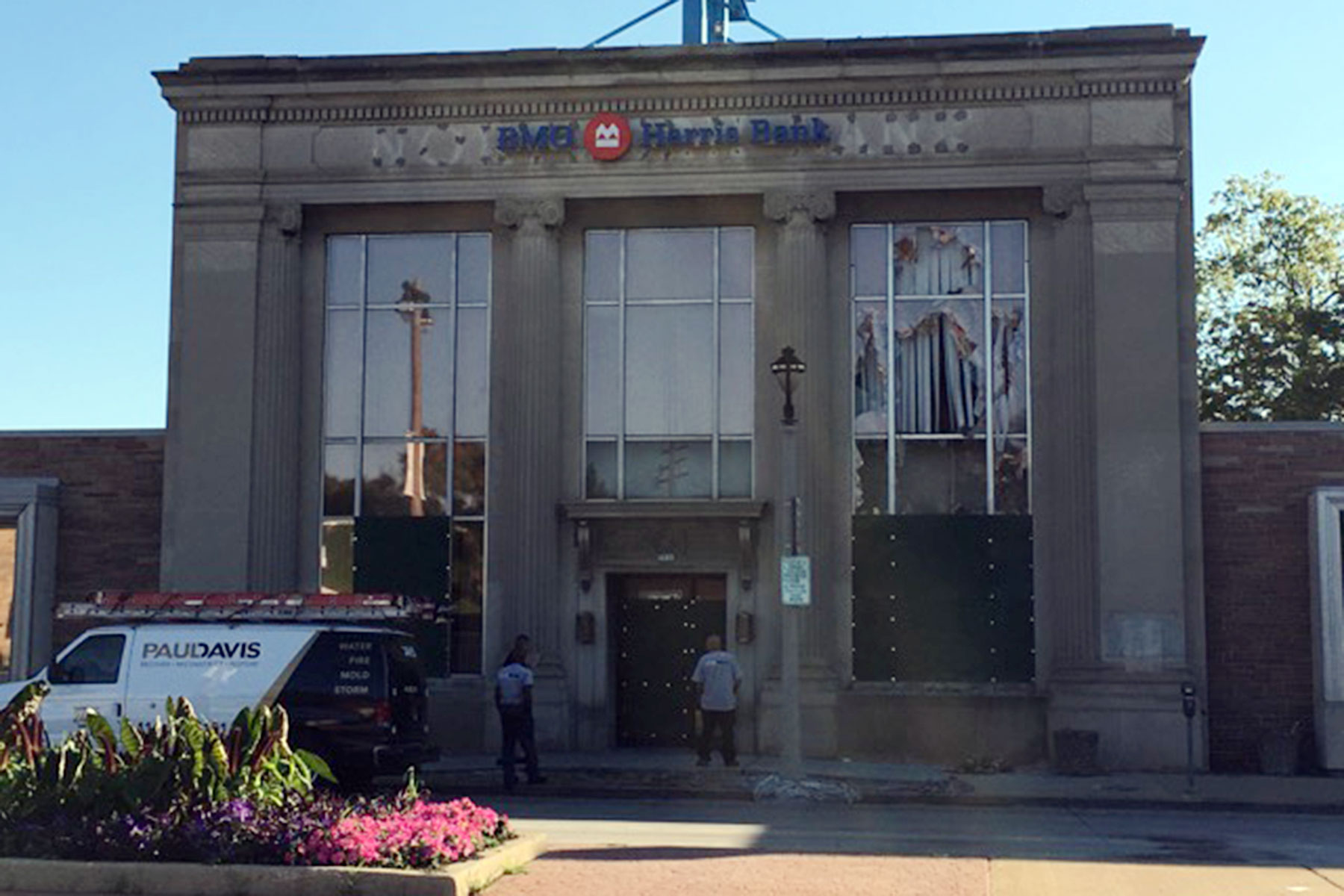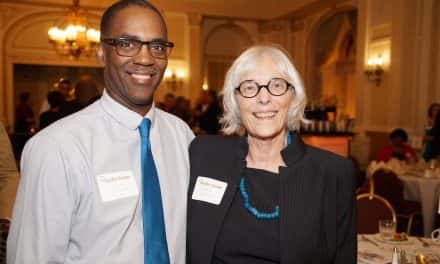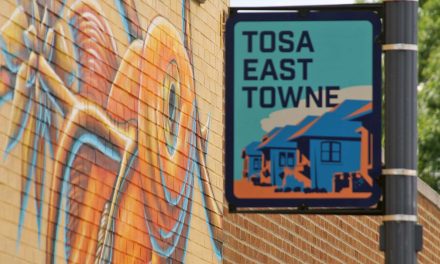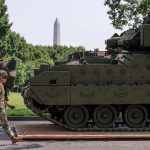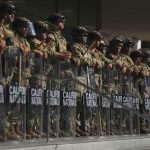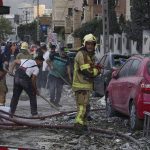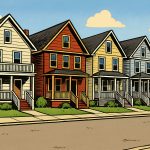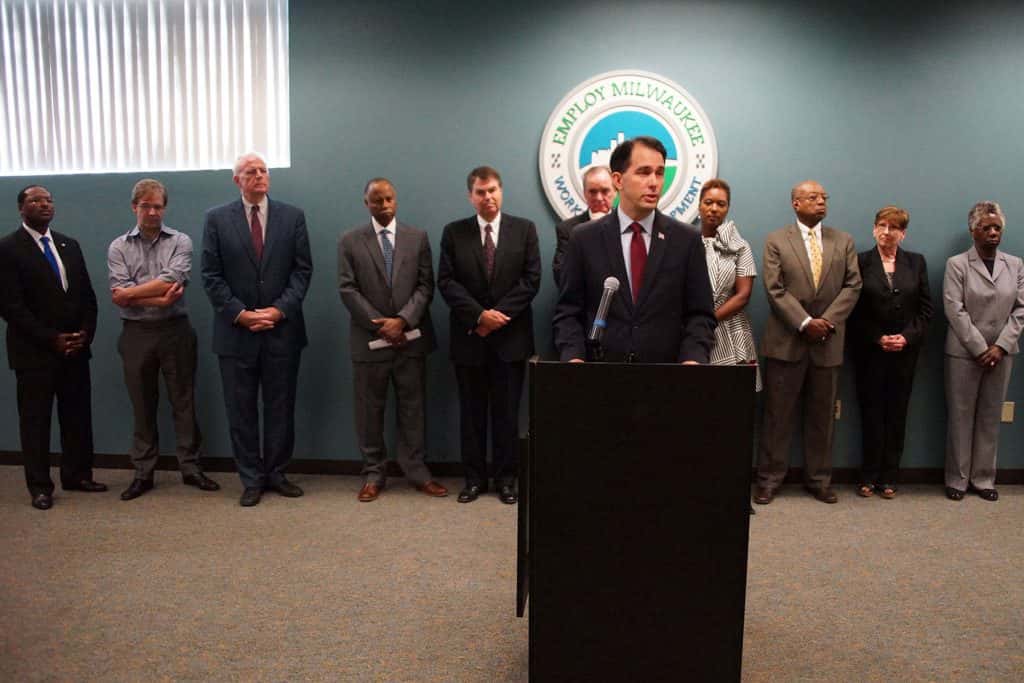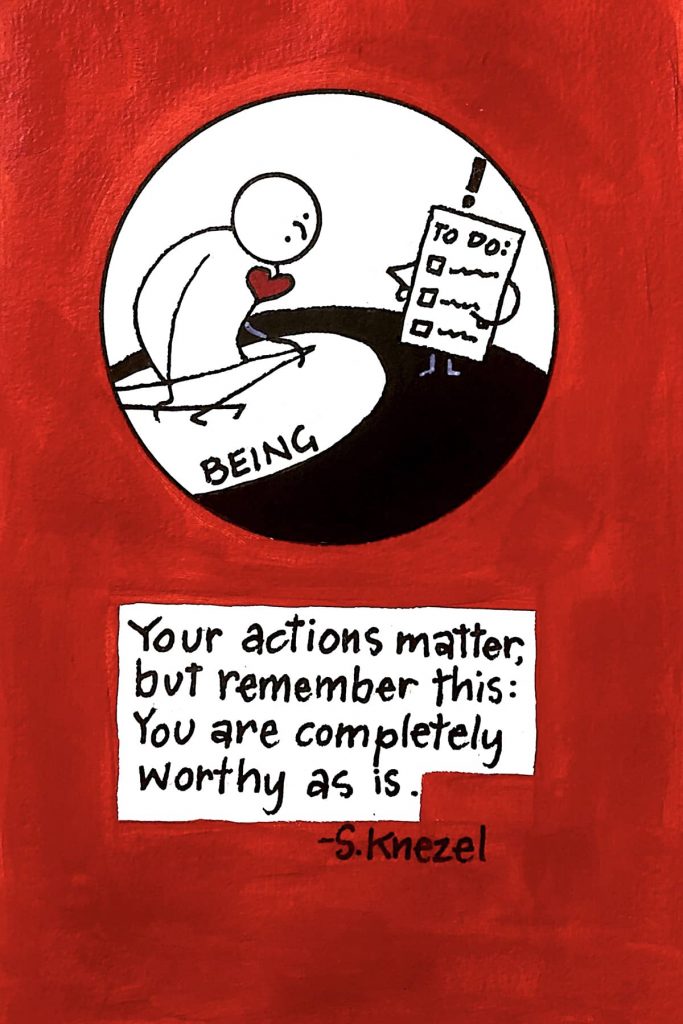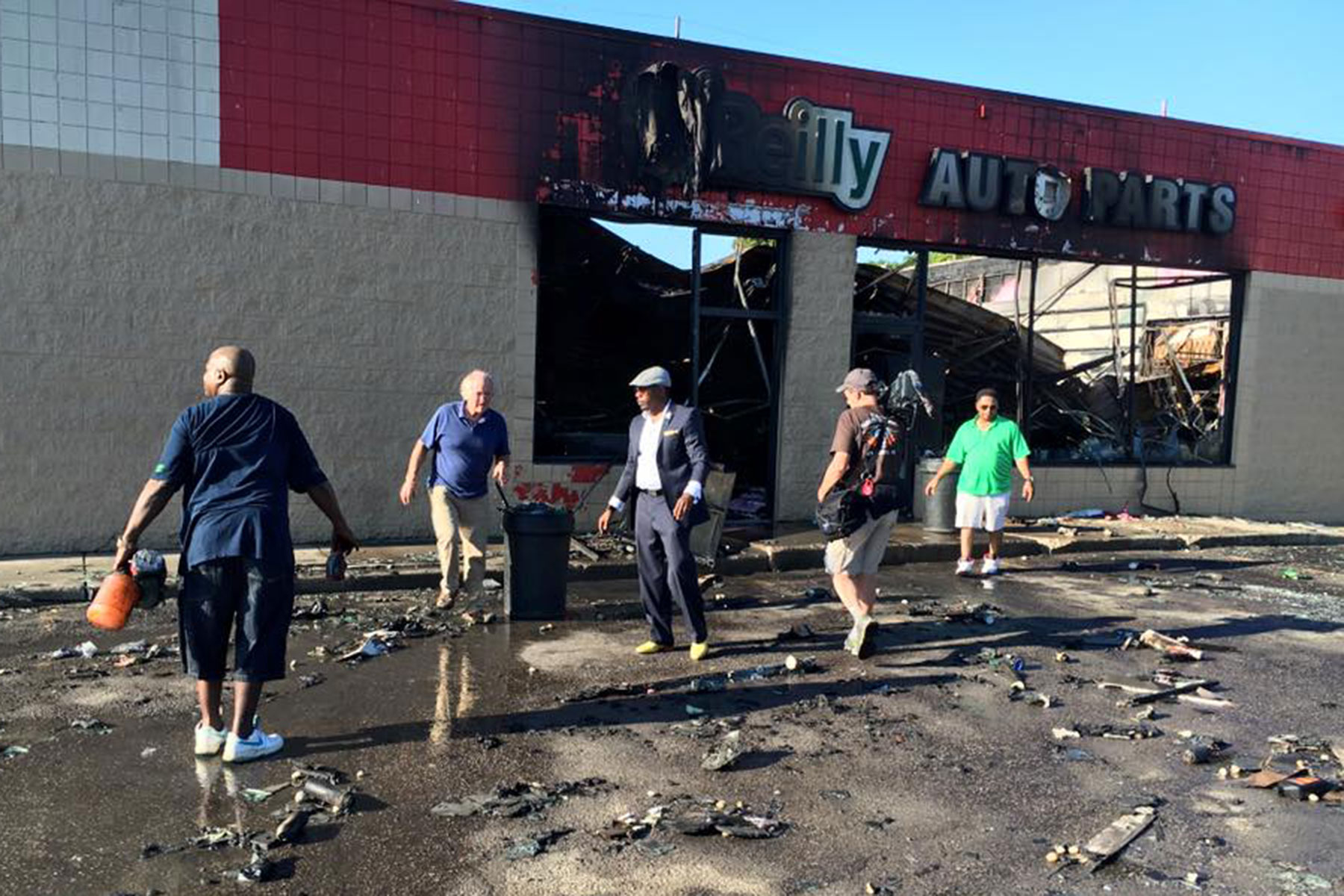
After a summer of civil unrest around the nation on July 28, 1967 President Lyndon B. Johnson established the National Advisory Commission on Civil Disorders, typically known as the Kerner Commission.
Their orders were simple. Answer these three simple questions: What happened? Why did it happen? What can be done to prevent it from happening again?
In light of the events of Saturday August 13, 2016 Milwaukeeans are asking these same three questions. During the past twenty-four hours we have heard from local, state and nationally elected officials. Social justice activists have spoken out. The chief of police and county sheriff have said their piece. Sherman Park neighborhood residents including myself have spoken about the events. Other Milwaukee residents and people from around the state have talked about what happened.
I have learned to step back and take a deep breath before beginning to analyze the events of Saturday night. I was leaving to go visit relatives in Chicago shortly after the officer involved shooting took place three blocks from my home. I saw the multitude of MPD squads on the scene along with dozens of neighbors from the Sherman Park area. I was oblivious to what was happening in Milwaukee later as I was driving on I-94 returning home late last night. I was listening to sports talk radio. Every show was debating whether Michael Phelps was one of the all-time great athletes. I tired of the conversation and changed to a local station thinking I would hear something about the Brewers. To my surprise, they were discussing the civil unrest unfolding just around the corner from my home. I was alarmed and worried about my family. They were safe and I was relieved.
Early this Sunday morning I arose to go out and look at things in the bright morning sun. I saw the damage at the BP gas station, the BMO Harris bank, the Jet Beauty store, the O’Reilly Auto Parts store, the Metro PCS store and a small jewelry shop just down the street from the bank. I saw dozens of residents who seemed to be very interested in seeing the damaged businesses. I drove around and took photographs and stopped to speak to people who were out at the same time. I eavesdropped on nearby conversations. I watched people bring out brooms, and trash bags to clean up the area around Sherman Park. I witnessed the shattered glass at each of the other locations and saw a few people at the O’Reilly Auto parts store asking for a dumpster to toss the debris in. I noticed a salvage company beginning repairs on the bank. I was there when a fire truck returned to the Jet Beauty supply store and sprayed water on what I assume was a smoldering hotspot.
As I spent my day posting pictures and statements about these events on Facebook I began to notice trends. Just as I had heard two different primary conversations as I travelled around this morning I observed the same thing occurring again and again on Twitter and Facebook. Some people talked about the hurt and disappointment they felt about what happened with the looting and burning. The other conversation was related to who was to blame. Were the police responsible? Were the young people we saw in multiple videos destroying property and yelling obscenities at the police to blame? Was it a case of bad parenting? Was institutional and systemic racism to blame? Were our elected officials to blame? Who was responsible? Why did it happen?
I had conversations with many friends and family members today. I spoke to young and old in my neighborhood this morning. I wanted to understand what they thought happened. The police were not quick to answer questions about the incident. They were compiling information during the investigation and handing that information over to the state authorities to complete as is required by law in police involved shootings. Chief Flynn was out of town for a funeral. Getting information was apparently difficult and frustrating for many in the community. Anger festered and led to an explosion of violence.
I would like to give my perspective and try to answer those same three questions President Johnson asked the Kerner Commission in 1967. First of all what happened. According to information from the MPD we know that a squad noticed what they considered to be erratic behavior from the occupants of a car. They subsequently pulled the vehicle over and the two men fled on foot. The officers chased the suspects and one of the officers caught up to one of the young men. According to Chief Flynn 23 year-old Sylville Smith had a loaded gun in his hand. The officer, who has not been identified, noticed Smith turn toward him and gave him commands to drop the weapon. The officer fired an unknown number of shots, two of which struck Smith in the arm and chest. He died from these wounds. Later that evening people began to gather near the area and eventually several police squads were damaged and several businesses were set afire.
The second question is the most difficult. Just as people in Ferguson, Missouri and Baltimore, Maryland asked why did it happen we are now asking this in Milwaukee. The answer is not simple. The answer, just like the question requires us to look at a complicated situation and find simple explanations to satisfy the masses. A simple, quick answer to this question was what I heard from many over the past 24 hours. Elected officials chimed in, talk radio personalities gave their views along with their callers. People around the city shared their opinions on social media. We will certainly hear many more views expressed in the weeks ahead.
I prefer to look at what happened in the late 1960s and see if we can find some clue to connections between that civil unrest and what we saw in Milwaukee last night. The Kerner Commission stated their beliefs in these words.
“Our nation is moving toward two societies, one black, one white–separate and unequal. Reaction to last summer’s disorders has quickened the movement and deepened the division. Discrimination and segregation have long permeated much of American life; they now threaten the future of every American…Segregation and poverty have created in the racial ghetto a destructive environment totally unknown to most white Americans.
What white Americans have never fully understood but what the Negro can never forget–is that white society is deeply implicated in the ghetto. White institutions created it, white institutions maintain it, and white society condones it.”
Scholars and political leaders have debated those words for nearly fifty years. Many who have spoken out today have mirrored the words of the commission. Just over a year ago I was asked by the Greater Together Coalition in association with the Zeidler Center for Public Discussion to write a synopsis of several key facts related to Milwaukee’s black and Latino communities. I was asked to analyze these ten key issues:
- Milwaukee has the worst Black/White residential segregation.
- Wisconsin has the highest incarceration rate for Black men in the nation.
- Wisconsin is the worst state in the country in protecting the well being of African-American children, based on 12 key indicators.
- Milwaukee has the lowest percentage of Hispanic owned businesses compared to over 30 similar cities.
- Milwaukee had the 2nd highest black poverty rate among 40 large benchmark metropolitan areas in 2012.
- Milwaukee has the worst residential segregation based on poverty among major metropolitan areas.
- Milwaukee has the second highest percentage of black students attending hyper-segregated schools.
- Wisconsin has the widest gap in Black/White student test scores in the nation in every test category.
- Milwaukee has the worst gap in Black/White employment, the gap among men is 32.4 percentage points and among women is 20.6 percentage points.
- Wisconsin has the largest gap in life expectancy between blacks and whites in the nation. The gap in life expectancy between black and white Americans is decreasing across the country. Wisconsin, however, is the only state where the gap has gotten worse.
These key points are indicative of why many, including Alderman Rainey say that Milwaukee is the worst place for black people to live in America. All of these facts are related to the feeling of hopelessness many in the black community feel. Those who do not live in this community either do not know this heartache or dismiss it as making excuses.
One of the questions I have heard repeatedly today is why people would burn up their own community. I heard blacks this morning that I spoke to saying that it is insane for those involved to do this. They shared with me a frustration with people losing jobs over something like this burning of businesses. Others however, responded that these businesses for the most part were owned and operated by people who do not live in this community. This reasoning is why they say their community was not destroyed, just the property of those they consider to be outsiders and interlopers.
What most people do not understand is that many of the young people in this part of Milwaukee feel no attachment to the community due to lack of opportunities. Unemployment among 16-19 year-old blacks is a huge issue in Milwaukee. In addition to this a principal in psychology called displaced aggression explains some of this as well. When a person or community feel powerless to strike out at those it deems a threat, they find safer more convenient targets. Young people in the central part of Milwaukee complain constantly of being mistreated and disrespected by the police officers that are in their neighborhoods.
Relationships between the police and community that are not productive have been the norm in Milwaukee. Several high profile cases the past several years make this abundantly clear. In April 2014 Dontre Hamilton was shot 14 times and killed by a Milwaukee police officer who was called to Red Arrow Park because he was sleeping on a park bench. The officer was not charged with a crime. In September 2011 Jeanine Tracy was repeatedly punched and dragged out of her car during a routine traffic stop by Milwaukee police. The officer was originally suspended for 60 days but eventually fired after the community complained. Despite a state law requiring police to offer medical assistance to anyone in their custody, 22 year-old Derrick Williams died in the back of a squad car in July 2011. He had repeatedly told the officers that he was having trouble breathing. None of the officers were held criminally responsible for his death. In September 2010 James Perry died inside the booking area of the county jail. He was suffering seizures related to hitting his head earlier in the day. An officer can be heard accusing him of faking illness in video footage of the events. So these recent events along with numerous high profile cases earlier this year and in recent years across the country lead to distrust of the police.
The Kerner Commission offered these words to describe what the unrest looked like and what precipitated many of the events.
“The civil disorders of 1967 involved Negroes acting against local symbols of white American society, authority and property in Negro neighborhoods–rather than against white persons…Disorder did not erupt as a result of a single “triggering” or “precipitating” incident. Instead, it was generated out of an increasingly disturbed social atmosphere, in which typically a series of tension-heightening incidents over a period of weeks or months became linked in the minds of many in the Negro community with a reservoir of underlying grievances. At some point in the mounting tension, a further incident-in itself often routine or trivial-became the breaking point and the tension spilled over into violence. “Prior” incidents, which increased tensions and ultimately led to violence, were police actions in almost half the cases.”
These same conditions apply to what has happened in Milwaukee over the past day and a half.
As I watched the videos of the unrest today, I saw a significant number of people who appeared to be teenagers and young adults. We must keep in mind that according to brain research the last part of our brains to develop is the prefrontal cortex. This part of the brain controls our decision-making and emotions. I am not trying to make excuses, but we must understand that young people simply do not have the ability to understand with great clarity the consequences of their decisions until about age 25. Another element at play in this is the mob mentality that takes over when groups of people come together. The actions of a few leaders in that crowd last night led others to feel compelled to participate. We have seen many incidents in this area over the summer where young people have participated in activities as groups. Young people told me this evening that many of the people seen in the videos did not live in the area. They were asked to come to the area by friends using social media.
Many are unfamiliar with the history of the BP gas station that was burned. There have been problems between the gas station and young people for an extended period. Just a few weeks ago a boycott ensued as a result of an employee firing shots to scare away a crowd of young people, some of who had been shoplifting. The employee was fired and eventually charged by the D.A. There was an amicable ending to the boycott and things appeared to return to normal. So the fact that the gas station was targeted does not come as a surprise to people from the area. The owner was quoted tonight as saying the damage was caused by outsiders.
Finally I must address the issue of what to do next. How can we prevent it from happening again? I spent some time tonight in a grassy area just north of the BP gas station. What I witnessed upon arrival was a group in excess of 100 holding hands, praying and singing together. The group was unusual because of its diversity. It was multi-generational and multi-racial. It was an amazing sight to see. Shortly thereafter a large group of mostly young people led a peaceful procession east on Auer Avenue, across Sherman Boulevard and south to the grassy area north of the BP station. This group of young African American males and females equally impressed me. The first step in this process is to let things calm down. That appears to have been the case up until a short time ago when objects were thrown at officers attempting to disperse the crowd at Sherman and Burleigh according to media reports. Once that takes place and the entire local, and national media teams leave the neighborhood the residents will be forced to deal with the damage, both physical and psychological.
No downtrodden community in history has healed itself alone. All of the devastating statistical evidence points to a community that is hurting. This is how they cry out for help. It may seem irrational to many inside and outside of the community. If it allows people to see the pain more clearly, perhaps it was worthwhile. If the city takes corrective actions to improve the lives of its African American citizens as the Kerner Commission recommended forty-nine years ago, it will be considered progress. Resolving these issues will take time, passion, energy, sympathy, empathy, and a tremendous amount of compassion and hard work.
In a speech he gave less than a month before he was assassinated Dr. Rev. Martin Luther King Jr. said these prophetic words that we can all learn from.
“It is not enough for me to stand before you tonight and condemn riots. It would be morally irresponsible for me to do that without, at the same time, condemning the contingent, intolerable conditions that exist in our society. These conditions are the things that cause individuals to feel that they have no other alternative than to engage in violent rebellions to get attention. And I must say tonight that a riot is the language of the unheard.”

